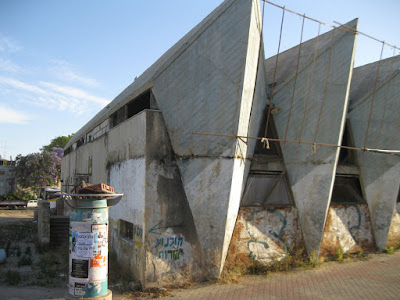City Daily Photo bloggers are presenting "My city's skyline" for today's Theme Day.
"City" is kind of a big word for my town.
Meitar has only ca. 8,500 residents.
Construction began in 1984 on the yishuv kehillati, our planned community; and it continues to expand, one neighborhood at a time.
The photo above is taken from the center, looking toward the Northern Neighborhood.
Just north of the planted forest, just across the Green Line, are the Southern Hebron Hills in the West Bank.
Geographically Meitar is on the transition area where the Negev Desert meets the Hebron Hills.
A shot of the east edge of town, taken from the "desert" that surrounds us.
I like to hike out here in the lonely hills.
All these photos (which you can enlarge greatly) are from the half-year dry season; in the winter when rain comes, it all looks a lot greener.
Just after twilight the perimeter lights go on.
They share poles with the Sabbath eruv wire.
We don't have a fence.
This photo is looking west, toward the Mediterranean Sea and the Gaza Strip.
Less than 60 kilometers to Gaza, not so far
.





















